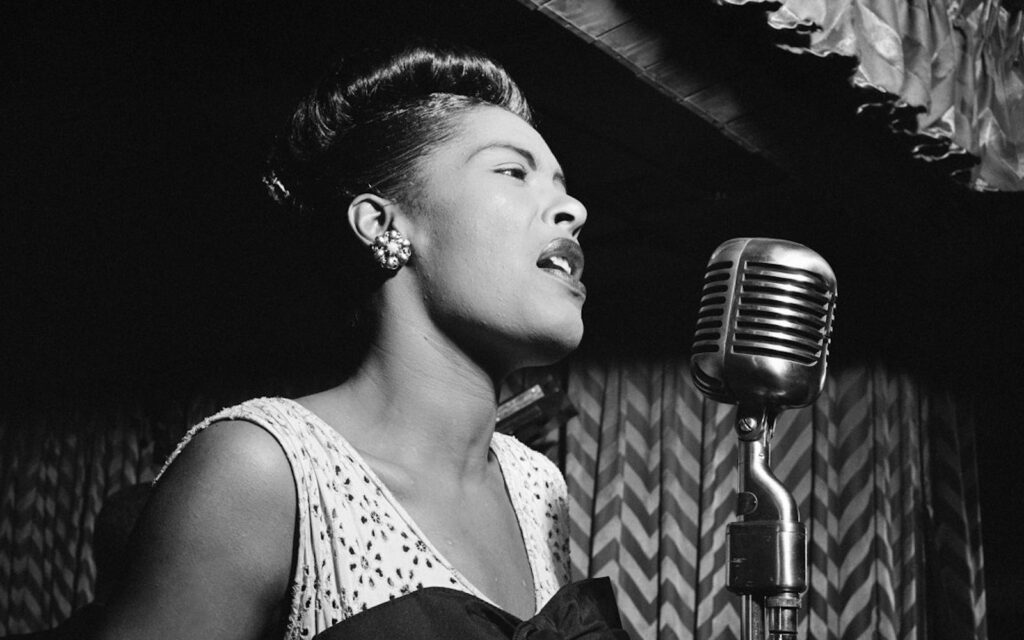A brief retrospective of the rock’n’roll legend.
Little Richard, aka Richard Wayne Penniman, came into the world on December 5, 1932 born in the Georgian city of Macon. He was the third of 12 children to his parents Leva Mae and Charles Penniman.
Born during The Great Depression, Penniman couldn’t have arisen into greater destitution. At the time of his birth, around half of African Americans within the United States were unemployed. The racial divide was so significant during this period that whites pushed blacks out of work in the situation that they were devoid an occupation.
As Penniman grew up and realised who he was and wanted to be, he and his father didn’t see eye-to-eye. He was sexually involved with both genders as a teenager but given the strict religiousness of his family, he was driven out of his family home at the age of 15.
This didn’t stop Little Richard and when he showed interest in gospel music through the likes of early trailblazers Sister Rosetta Tharpe and Brother Joe May and became a preacher himself, his talent quickly became obvious.
It was October 1947 when Tharpe overheard a 14-year-old Penniman performing her songs that his career began. After having him open one of her shows and then paying him for his performance, Penniman quickly found his motivation to practise music professionally.
But it wasn’t another eight years before Penniman gained his first real critical attention. After sending a demo to LA label Specialty Records at the advice of renowned artist and record executive Lloyd Price, he was recruited to work alongside producer Robert “Bumps” Blackwell. After initial frustrations in the productivity of their partnership, Penniman would go on to write ‘Tutti Frutti’ in September 1955 and the name Little Richard skyrocketed up the charts.
The equally acclaimed ‘Long Tall Sally’ (1956) followed soon after and suddenly, Penniman’s persistence from a young age was bearing fruit. While Tharpe laid the framework for rock’n’roll years earlier, Little Richard championed the genre due largely to his energetic onstage persona.
Early comparisons were made between Little Richard and another rock’n’roll pioneer at the time Fats Domino, but while the latter of the two was considered a more measured and languid performer, the former was relentless.
Little Richard was wild and uninhibited on stage, often standing up behind his piano to the merriment of the crowd before him. People from all races flocked to see him perform and despite the strong divide between black and white people at the time, Richard opened his concert door to anyone, no matter their disposition.
While there was still a separation in seating, Richard’s desire to bring people of all races together in the same building was progressive for his time.
Hit single after hit single, Little Richard would go on to become a prolific songwriter inspiring legends such as James Brown, Otis Redding and so many more. From his earliest beginnings in 1947 all the way until he retired from performing in 2013, Little Richard enjoyed a hugely successful 66-year career that was characterised just as much by his musical prowess as it was his bravery to defy and conquer his marginalisation.
A true music legend, there won’t be another Little Richard.
Rest in peace, The Emancipator.
Never miss a story. Sign up to Beat’s newsletter and you’ll be served fresh music, arts, food and culture stories five times a week.







